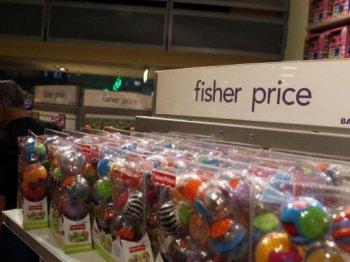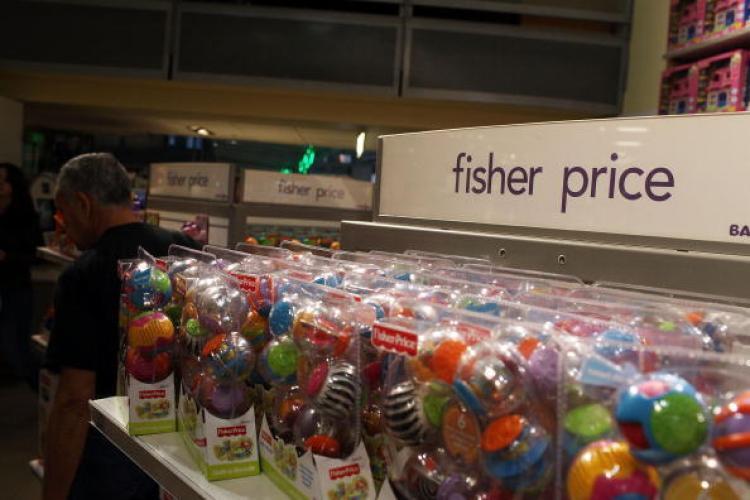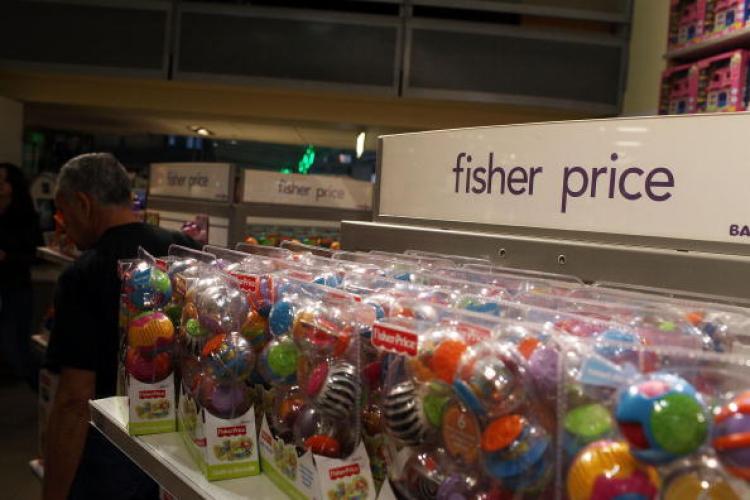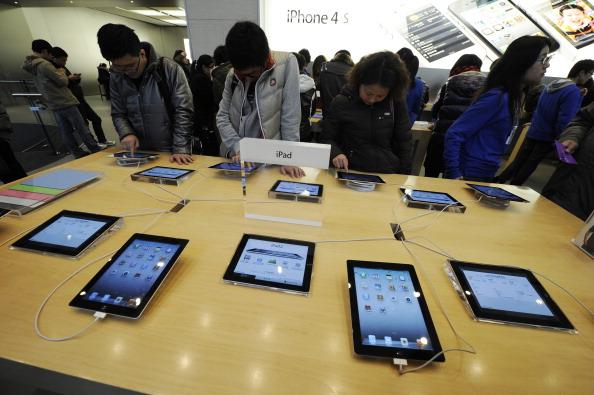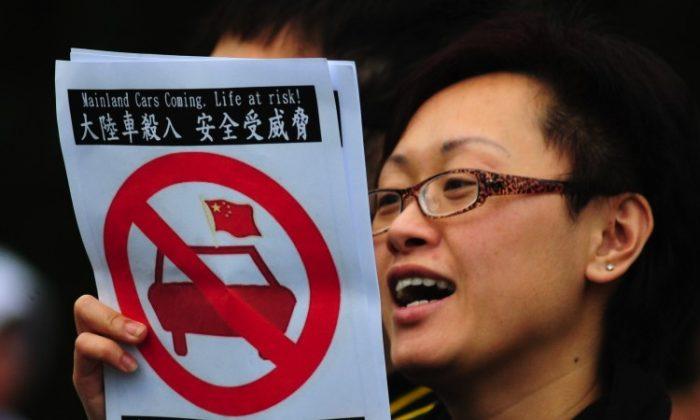Children under the age of 15 were subject to 186,000 emergency room visits in the United States due to defective toys, a 7.6 percent increase, according to Consumer Product Safety Commission (CPSC).
While recalls and deaths have declined, new statistics from CPSC released last week show that toy-related injuries are increasing.
The common injuries comprised of lacerations, contusions, and abrasions that most often occurred to a child’s face and head. Importantly many of the incidents were associated with, but not necessarily caused by a toy.
The consumer product watchdog reported a noticeable increase in injuries over the last five years.
“We will work to make sure the products are safe, but it’s a partnership,” CPSC Chairman Inez Tenenbaum said in a statement. “By limiting metals and chemicals in toys and making the voluntary standard mandatory, CPSC has put safeguards in place for toys to better protect children,” said Tenenbaum.
“The increase in injuries is a concern, and we want parents to make safe purchases and for children to be safe at play.”
There was a reported drop in recalls, with 44 toy recalls in fiscal year 2010, which is down from 50 recalls in 2009 and 172 recalls in 2008. Toy recalls related to lead in 2010 were down to 3, which is far fewer than 9 in 2009 and 19 in 2008.
However, Mattel Inc.’s Fisher-Price experienced a massive recall project with over 10 million products targeted including infant toys, high chairs, toy cars, and ramp ways. The products were taken off the market due to a myriad of reasons including “choking hazards and protruding parts.” Although there have been no reported deaths to the CPSC, there were notifications of injuries, which included choking and cuts where stitches were necessary.
With the holiday season approaching as well as the traditionally Black Friday sales in the United States, marking the start of gift and toy shopping, there has been more awareness of safeguarding low lead content and production standards. The onus on parents sharing the responsibility has also been highlighted by the CPSC because there needs to be an adequate level of supervision and discretion overseeing a child’s safety.
The U.S. Consumer Product Safety Commission is charged with protecting the public from unreasonable risks of serious injury or death from thousands of types of consumer products under the agency’s jurisdiction. The CPSC’s work to ensure the safety of consumer products—such as toys, cribs, power tools, cigarette lighters, and household chemicals—contributed significantly to the decline in the rate of deaths and injuries associated with consumer products over the past 30 years.
While recalls and deaths have declined, new statistics from CPSC released last week show that toy-related injuries are increasing.
The common injuries comprised of lacerations, contusions, and abrasions that most often occurred to a child’s face and head. Importantly many of the incidents were associated with, but not necessarily caused by a toy.
The consumer product watchdog reported a noticeable increase in injuries over the last five years.
“We will work to make sure the products are safe, but it’s a partnership,” CPSC Chairman Inez Tenenbaum said in a statement. “By limiting metals and chemicals in toys and making the voluntary standard mandatory, CPSC has put safeguards in place for toys to better protect children,” said Tenenbaum.
“The increase in injuries is a concern, and we want parents to make safe purchases and for children to be safe at play.”
There was a reported drop in recalls, with 44 toy recalls in fiscal year 2010, which is down from 50 recalls in 2009 and 172 recalls in 2008. Toy recalls related to lead in 2010 were down to 3, which is far fewer than 9 in 2009 and 19 in 2008.
However, Mattel Inc.’s Fisher-Price experienced a massive recall project with over 10 million products targeted including infant toys, high chairs, toy cars, and ramp ways. The products were taken off the market due to a myriad of reasons including “choking hazards and protruding parts.” Although there have been no reported deaths to the CPSC, there were notifications of injuries, which included choking and cuts where stitches were necessary.
With the holiday season approaching as well as the traditionally Black Friday sales in the United States, marking the start of gift and toy shopping, there has been more awareness of safeguarding low lead content and production standards. The onus on parents sharing the responsibility has also been highlighted by the CPSC because there needs to be an adequate level of supervision and discretion overseeing a child’s safety.
The U.S. Consumer Product Safety Commission is charged with protecting the public from unreasonable risks of serious injury or death from thousands of types of consumer products under the agency’s jurisdiction. The CPSC’s work to ensure the safety of consumer products—such as toys, cribs, power tools, cigarette lighters, and household chemicals—contributed significantly to the decline in the rate of deaths and injuries associated with consumer products over the past 30 years.
